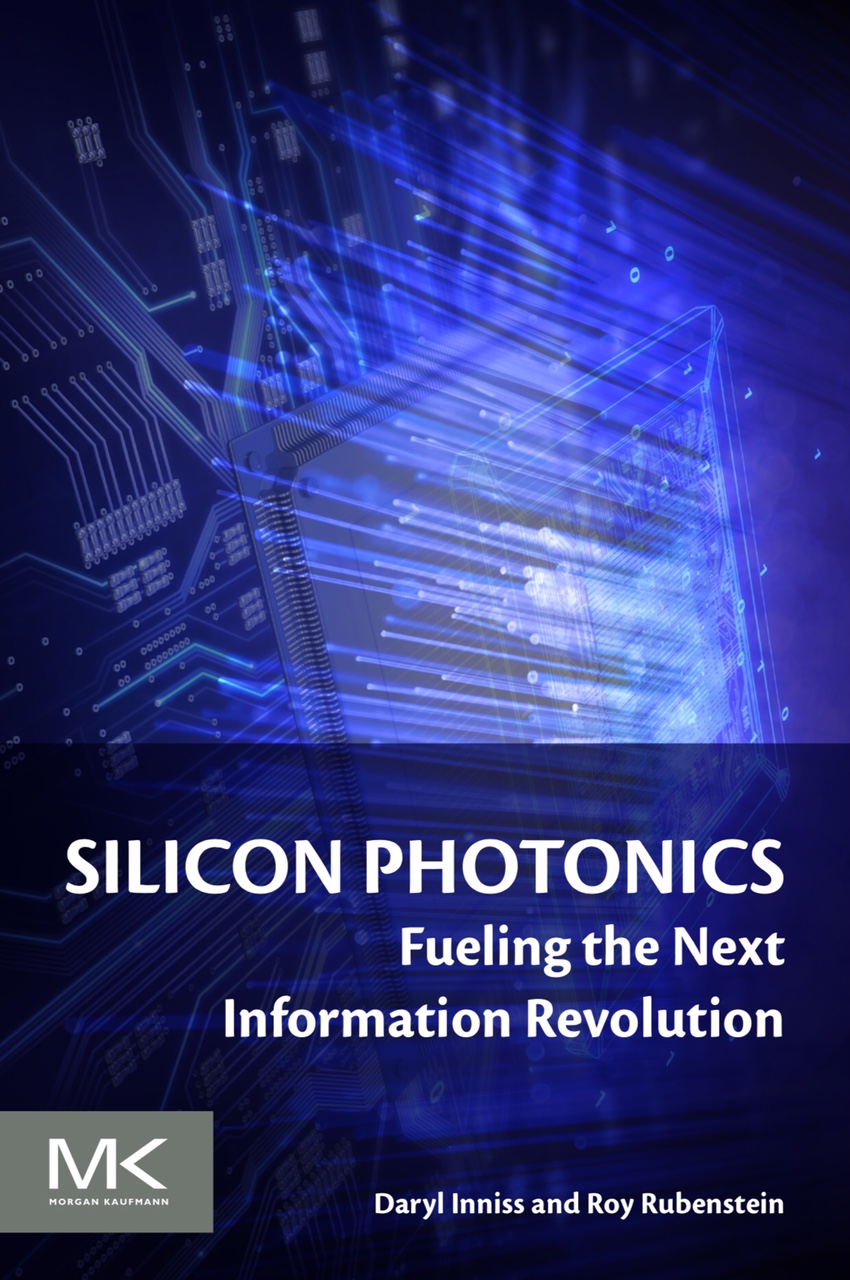Nokia’s PSE-2s delivers 400 gigabit on a wavelength
 Wednesday, June 8, 2016 at 6:41PM
Wednesday, June 8, 2016 at 6:41PM Nokia has unveiled what it claims is the first commercially announced coherent transport system to deliver 400 gigabits of data on a single wavelength. Using multiple 400-gigabit wavelengths across the C-band, 35 terabits of data can be transmitted.
Four hundred gigabit transmission over a single carrier is enabled using Nokia’s second-generation programmable Photonic Service Engine coherent processor, the PSE2, part of several upgrades to Nokia's flagship PSS 1830 family of packet-optical transport platforms.
 Kyle Hollasch“One thing that is clear is that performance will have a key role to play in optics for a long time to come, including distance, capacity per fiber, and density,” says Sterling Perrin, senior analyst at Heavy Reading.
Kyle Hollasch“One thing that is clear is that performance will have a key role to play in optics for a long time to come, including distance, capacity per fiber, and density,” says Sterling Perrin, senior analyst at Heavy Reading.
This limits the appeal of the so-called “white box” trend for many applications in optics, he says: “We will continue to see proprietary advances that boost performance in specific ways and which gain market traction with operators as a result”.





